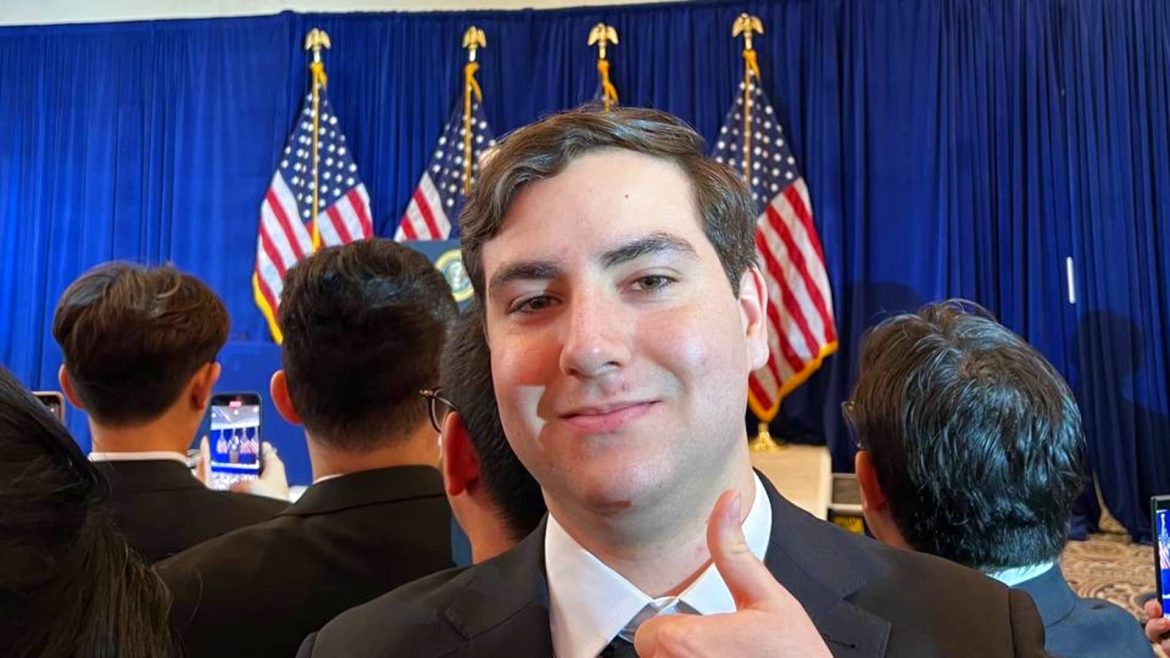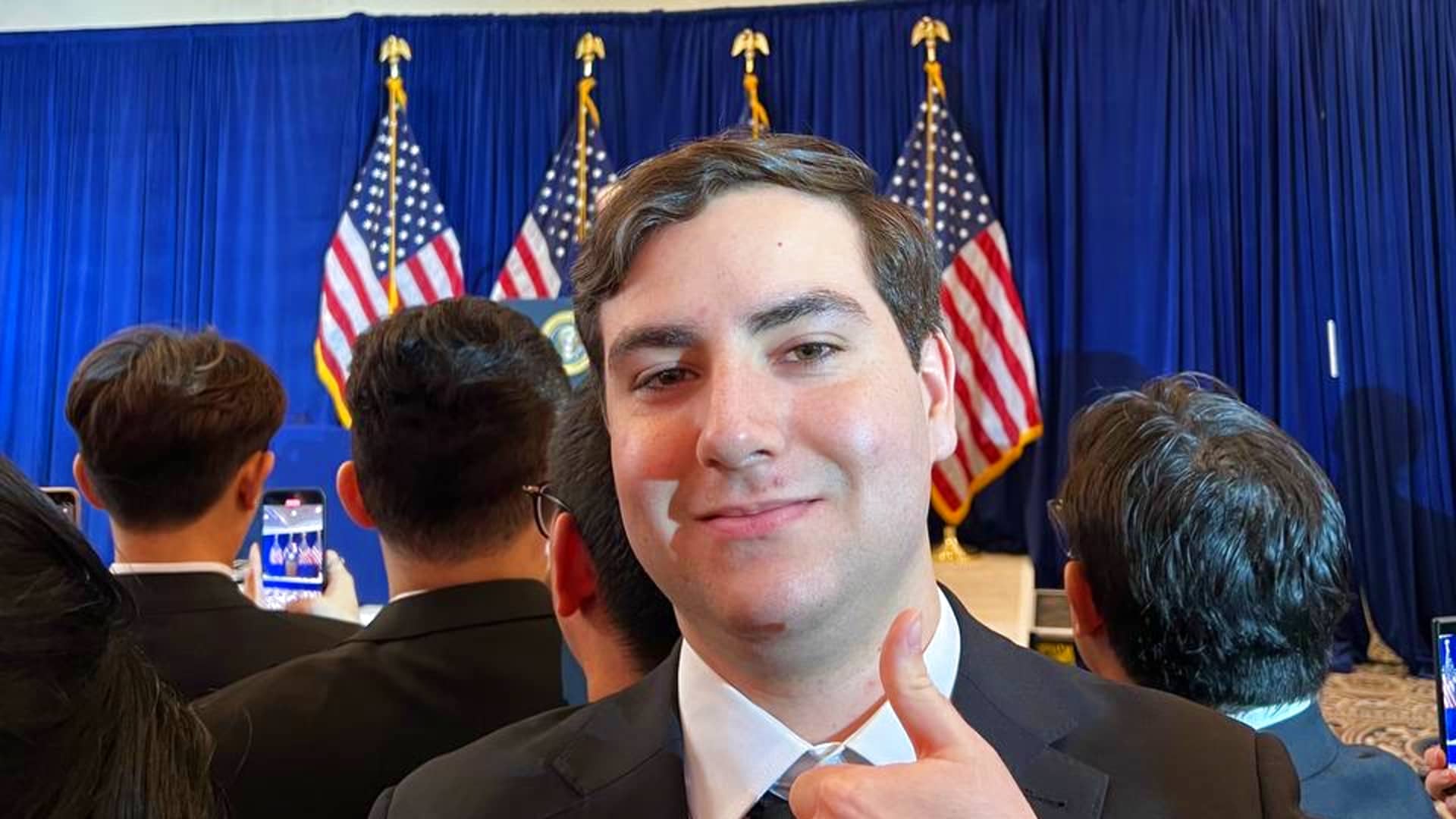The Spectacle and Substance of Trump’s $148 Million Meme Coin Dinner: A Comprehensive Analysis
The recent event surrounding U.S. President Donald Trump’s $TRUMP meme coin, culminating in a lavish dinner at his private golf club near Washington, D.C., has captured considerable media attention. Investors collectively spent approximately $148 million to win access to an exclusive meeting with the president, yet critiques of the event point toward notable shortcomings in both hospitality and security. This report delves into the multifaceted dimensions of this phenomenon—financial, social, political, and security-related—to unpack the implications of this high-profile crypto spectacle.
The $TRUMP Meme Coin: Genesis and Investor Frenzy
Originally launched amid the fervent crypto meme coin trend, the $TRUMP token promised not just speculative opportunity but extraordinary perks, most notably a coveted invitation to dine with Donald Trump in a highly controlled, exclusive environment. Data from crypto intelligence firms such as Inca Digital and Chainalysis illustrate a striking financial picture: top 220 investors poured a staggering $148 million into acquiring $TRUMP tokens, with the largest holders individually spending millions (up to $16.4 million) just to secure invitations.
This influx not only generated significant fee revenue for the coin’s organizers—estimated at over $320 million to date—but temporarily bolstered the coin’s market value by as much as 50% following public announcement of the dinner. This surge reflects a potent mix of exclusivity, celebrity endorsement, and speculative mania that typifies meme coins’ appeal and volatility.
The Dinner: Expectations vs. Reality
The May 22nd black-tie gala held at Trump’s Virginia golf club was anticipated to be a prestigious networking event for wealthy crypto aficionados and political enthusiasts. However, attendee accounts and media coverage paint a less flattering picture:
– Culinary Experience: Reports contrast sharply with the extravagance implied by the ticket price and event backdrop. One participant bluntly remarked that the “food sucked,” noting the limited beverage options comprised only water or Trump’s branded wine. Such complaints suggest a disconnect between the event’s high-stakes financial entry and the quality of hospitality delivered.
– Security Measures: Despite hosting several hundred top investors—including wealthy foreign crypto holders—the event’s security was notably lax. Unlike typical political gatherings where personal electronic devices might be restricted or subject to stringent checks, guests were neither required to secure their phones in RFID-blocking pouches nor subjected to rigorous screening. This raises questions about both the planning prudence and risk management approaches applied.
Market Impact and Investor Behavior
Despite the grandeur of the event, the $TRUMP coin’s price dropped approximately 16% the morning after the gala, erasing some of the value gains attributed to the exclusivity announcement. The decline reflects a classic pattern observed in many speculative assets: hype-driven rallies followed by sharp corrections once the initial excitement fades.
Moreover, many top attendees reportedly began offloading their $TRUMP holdings soon after the dinner, indicating the event may have functioned more as a liquidity event or exit opportunity than a genuine show of long-term confidence in the token. This strategy aligns with crypto market skepticism expressed by communities like r/Buttcoin, which deride meme tokens as scams or ephemeral fads.
Political and Ethical Implications
The intertwining of presidential authority with a profit-generating crypto venture raises pressing ethical considerations:
– Conflict of Interest: Offering dinners to the highest bidders of a token tied directly to the president’s brand blurs lines between official capacity and personal financial interests. Critics argue that this commodification of access could undermine public trust or invite foreign influence via wealthy overseas investors.
– Regulatory Scrutiny: The $TRUMP coin remains under the shadow of potential enforcement actions. The U.S. Securities and Exchange Commission (SEC) has ongoing interest in crypto projects making rights claims or offering forms of access, and the ambiguous legal status of such meme coins places investors and organizers in uncertain territory.
– Broader Societal Context: This spectacle occurs against a backdrop of political debates over social supports and economic equity. The concurrency of extravagant private crypto dinners contrasted with legislative moves—such as bills cutting healthcare or food assistance to benefit the ultra-wealthy—adds a layer of socio-political tension.
The Foreign Factor and Security Dimensions
Notably, the event drew numerous foreign investors, augmenting discussions about national security risks. Hosting tens or hundreds of wealthy, potentially opaque international participants at a presidential venue, without tight security protocols, could create vulnerabilities exploitable by bad actors.
Security experts often caution about electronic device management, identity verification, and proximity risk at such events, which seem somewhat overlooked here. The lax approach may reflect an underestimation of threat or a deliberate tolerance, but with considerable stakes involved, this aspect undermines perceptions of seriousness.
Conclusions: Between Spectacle and Substance
The Trump $148 million meme coin dinner embodies several intersecting themes: the allure of crypto exclusivity, the elevation of political celebrity in financial schemes, and the excesses of speculative investment culture. The event’s glittering front — black tie, golf club, presidential presence — stands in contrast to the critical reports of poor hospitality, lax security, and swift token sell-offs, creating a nuanced narrative with cautionary undertones.
This episode illustrates the risks when finance, politics, and spectacle merge without robust governance or transparency. The current trajectory of the $TRUMP token, its backlash in public opinion, and regulatory pressures suggest that such meme coin endeavors, while temporarily lucrative and headline-grabbing, may lack sustainable foundations. For observers and potential participants, the event serves as a vivid case study in how hype-driven markets and political branding can interact unpredictably, with consequences extending beyond mere profit and loss.
In the end, the $TRUMP meme coin gala is less about culinary excellence or secure invitations, and more about the power—and peril—of symbolism in modern finance and politics.





